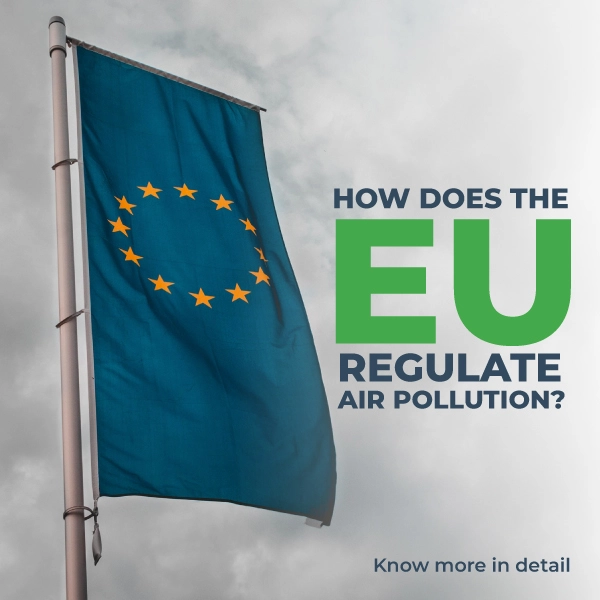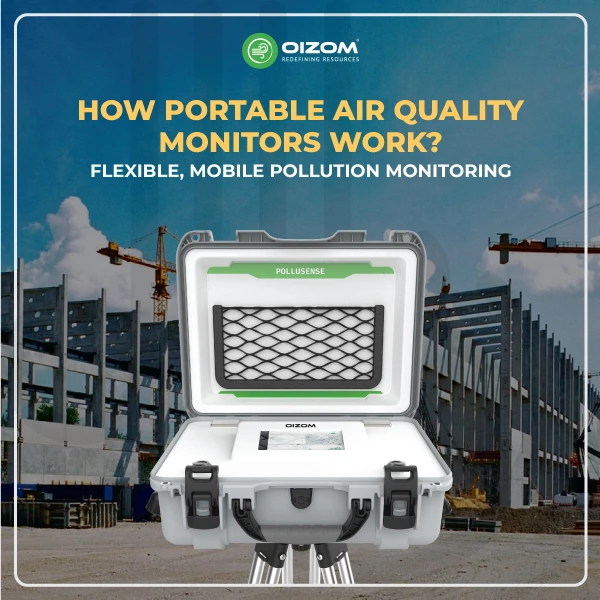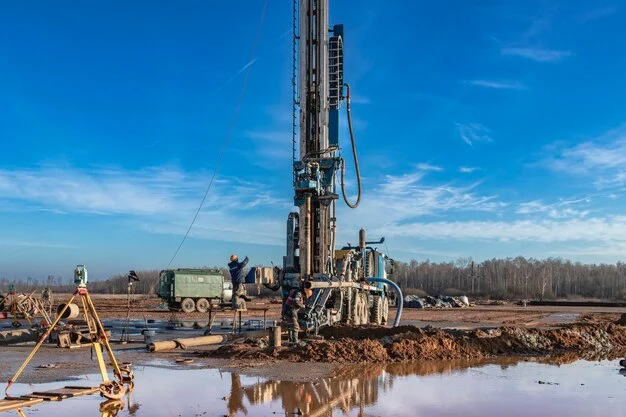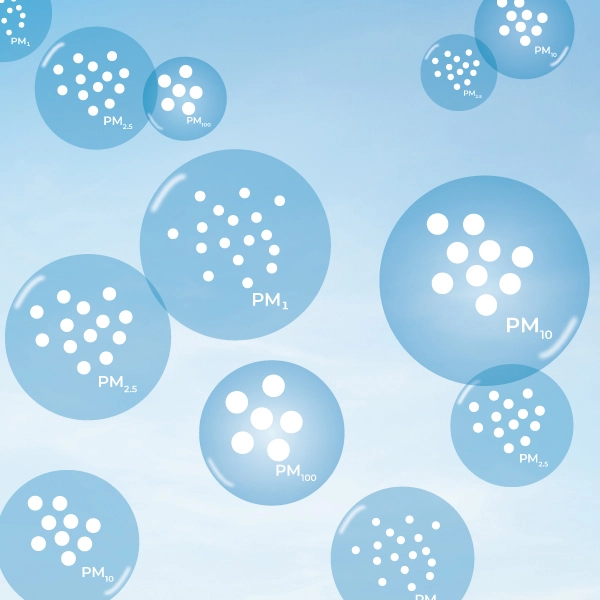Summary of Blog
The European Union (EU) actively regulates air pollution to protect health and the environment. Key directives, like the Air Quality Framework Directive and Ambient Air Quality Directive, set limits for pollutants such as sulfur dioxide, carbon monoxide, lead, nitrogen dioxide, ozone, and particulate matter (PM2.5 and PM10). The EU’s strategy includes stricter laws, clean technologies like electric vehicles, and renewable energy. The Zero Pollution Action Plan targets significant pollution reduction by 2030, aiming to cut air pollution-related premature deaths by 55% and plastic litter in the sea by 50%. Recent updates in April 2024 established stricter pollutant targets and mandated monitoring of harmful substances like ultrafine particles and ammonia. By continuously updating its standards with the latest scientific evidence, the EU aims to improve air quality, safeguard health, and protect the environment, ensuring a sustainable future for all.
How does the EU regulate air pollution? Know more in detail.
In the previous article, we explored how the EPA regulates air pollution. Today, I want to discuss how the European Union regulates air pollution. But first, I will start with the basics. So, I will ask all readers one question regarding the topic. Tell me what comes to your mind when you hear how the EU regulates air pollution. Besides this, let me start by sharing the article’s insight with you.
The European Union is well-known for doing one thing in particular: developing regulations to protect people from the risks of environmental degradation. As one of the most important legal institutions for many European countries, it has the authority to propose, create, and enforce environmental rules and regulations in most of the Old Continent’s countries. Here, we shall concentrate on one of the issues that this agency addresses: air pollution. How does the EU regulate air pollution? Find out below! But, before starting, I will share one statistic:
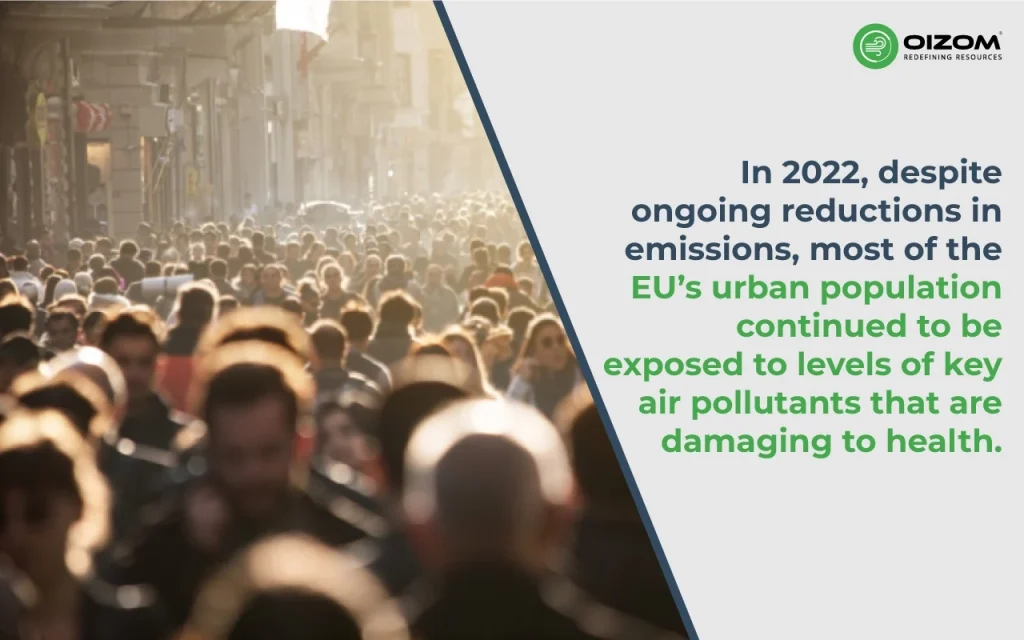
History of Initiatives of Air Quality in the EU
Air pollution has been a major political issue in the EU since the 1970s. The main tools that seek to protect from excessive pollution concentrations are a series of Directive settings given in order:
- Air Quality Framework Directive 96/62/EC established regulations for various kinds of pollutants, including ozone, particulate matter (PM10), and nitrogen dioxide (NO2), up to 2004.
- Ambient Air Quality Directive 2008/50/EC combines the Framework Directive with other directives to form one single directive as part of the 2005 Thematic Strategy on Air Pollution. The mandate was to establish targets for fine particulate matter (PM2.5).
- The Ambient Air Quality Directive and its daughter Directive 2004/107/EC provide the present framework for controlling ambient air pollution concentrations in the EU. The instructions presented here seek to reduce emissions from mobile sources, improve fuel quality, and promote environmental protection regulations in the transportation and energy sectors.
Important air pollutants regulated by the EU
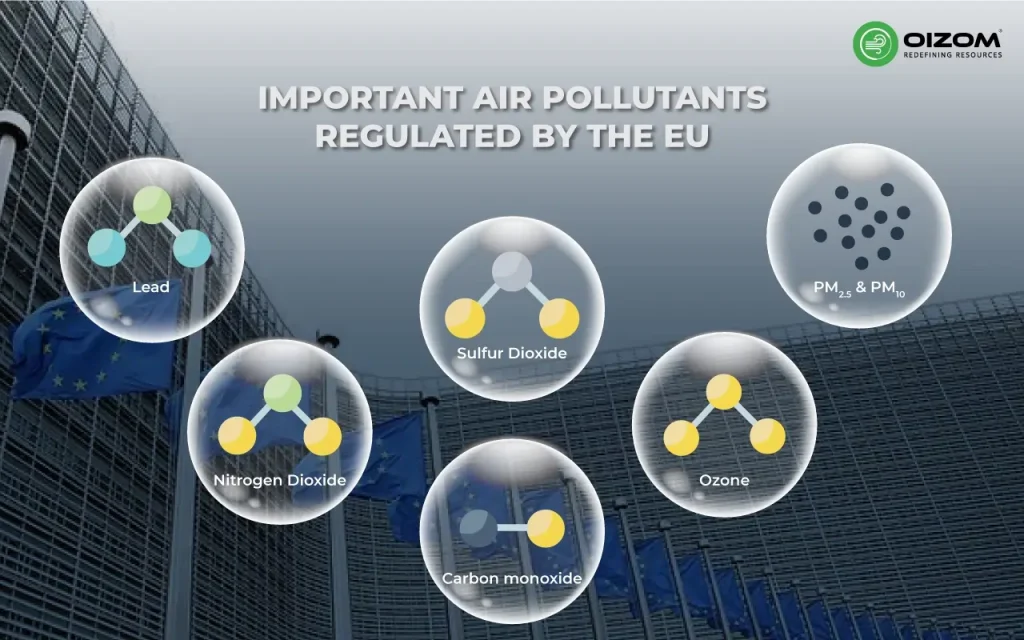
EU air pollution laws are based on a single legislation, Directive 2008/50/EC. The most important information in this act for you, as a member of the local government, is the list of EU-regulated pollutants – the six poor-quality air contents and their maximum permitted amounts. So, before you install your air quality monitoring devices, familiarize yourself with the following list. What contaminants are present? Let us see:
- Sulfur Dioxide: The first chemical compound to appear on the list is sulfur dioxide. It should not be a surprise that it is on the list because it causes many respiratory problems and is emitted by common sources such as power plants and diesel engines.
- Concentration: 350 µg/m3 – averaging period: 1 hour.
- Concentration: 125 µg/m3– averaging period: 24 hours.
- Carbon monoxide (CO) is an odorless, colorless, and tasteless gas that humans cannot smell. Carbon monoxide poisoning is known as a “silent killer” because it is indistinguishable. It is created after incomplete combustion of resources such as wood, coal, propane, and natural gas. Carbon monoxide can be dangerous if inhaled. As it enters the bloodstream, it can prevent your body from adequately absorbing oxygen, resulting in tissue damage and, ultimately, death.
Concentration: 10 mg/m3 – Maximum daily 8 hour mean
- Lead (Pb): Lead is especially harmful to children, whose growth can be prevented even at low levels. The chemical derives from contaminated soils, coal combustion, and lead-acid batteries.
- Nitrogen Dioxide (NO2): Nitrogen dioxide, or NO2, is a gaseous air pollutant made up of nitrogen and oxygen. It is part of a group of gases known as nitrogen oxides, or NOx. Nitrogen dioxide is produced when fossil fuels like coal, oil, methane gas (natural gas), or diesel are burned at high temperatures. This particular contaminant originates in engines and industrial boilers. It is particularly reactive. Thus, it can produce smog or acid rain, damaging the air and the water.
Concentration: 200 µg/m3 – averaging period: 1 hour.
Concentration: 40 µg/m3 – averaging period: 1 year.
- Ozone (O3): Ozone (O3) is a highly reactive gas composed of three oxygen atoms. It is both a natural and a man-made product that occurs in the Earth’s upper atmosphere. Breathing ozone causes various health complications, ranging from chest aches and coughing to lung tissue damage. It is especially harmful to children, asthmatics, and the elderly.
Concentration: 0.5 µg/m3 – maximum daily 8 hour mean
- Particulate Matter (PM2.5 and PM10): Particulate matter (PM) is made up of solid particles and liquid droplets in the air, and it can come from various sources, including burning and dust-generating activities. Here are some examples: Emissions (from vehicles and industrial plant smokestacks), Burning wood, such as in open burning, fireplaces, residential wood-burning boilers or stoves, and the major source is construction activity.
PM2.5 Annual: 5 µg/m3 2021 AQGs
PM2.5 Annual for 24 Hours: 15 µg/m3 2021 AQGs
Were you aware of this? Fine particulate matter (PM2.5) is an air pollutant that causes the most serious health problems and early deaths. In 2021, 97% of the urban population was exposed to PM2.5 levels higher than the health guideline set by the World Health Organization, leading to 238,000 premature deaths.
Air quality standards in the EU
The table below shows the standards for various air contaminants. These contaminants apply throughout different time periods since the health effects vary based on the duration of exposure. Other pollutant information, including EU air quality standards and WHO value guidelines, can be available online. The WHO value recommendations are designed to protect human health and are generally stricter than EU value guideline criteria.
| Pollutant | Concentration | Averaging Period |
|---|---|---|
| Fine particles (PM2.5) | 25 µg/m3 | 1 year |
| Fine particles (PM10) | 50 µg/m3 40 µg/m3 | 24 hours 1 year |
| Sulfur dioxide (SO2) | 350 µg/m3 125µg/m3 | 1 hour 24 hours |
| Nitrogen dioxide (NO2) | 200 µg/m3 40 µg/m3 | 1 hour 1 year |
| Lead (Pb) | 0.5 µg/m3 | 1 year |
| Carbon Monoxide (CO) | 10 µg/m3 | Maximum daily 8-hour mean |
| Ozone (O3) | 120 µg/m3 | Maximum daily 8-hour mean |
How EU is planning to reduce air pollution
The European Union is implementing a comprehensive strategy to combat air pollution, focusing on stronger laws and new technologies. Key steps include updating the Ambient Air Quality Directives to establish stricter restrictions on pollutants such as nitrogen dioxide (NO2) and particulate matter (PM2.5). The EU also encourages cleaner transportation solutions, such as electric vehicles, improved public transportation, and stricter pollution rules for automobiles and industrial sources.
Investment in green technology is critical, with significant financing going to renewable energy projects and energy-efficient buildings. The EU’s Zero Pollution Action Plan intends to significantly reduce pollution by 2030, with improved monitoring and enforcement systems to assure compliance among member states.
What is the Zero Pollution Action Plan?
Pollution harms both our health and the environment. It is the leading environmental cause of a variety of mental and physical disorders, as well as premature death, particularly among children, persons with certain medical conditions, and the elderly. The public health, environmental, moral, and socioeconomic case for the EU to lead the worldwide fight against pollution is stronger than ever.
The EU’s Zero Pollution Plan contributes to the United Nations’ 2030 Agenda for Sustainable Development. The European Green Deal commits the EU to reducing air, water, and soil pollution to levels that are no longer hazardous to health or natural ecosystems and are within the boundaries of the planet’s capacity by 2050. It establishes several targets to help reach this aim by 2030:
These targets include:
- Improving air quality to reduce the number of premature deaths caused by air pollution by 55%.
- Improving water quality by reducing waste, plastic litter at sea (by 50%), and microplastics released into the environment (by 30%);
- Improving soil quality by reducing nutrient losses and chemical pesticide use by 50%;
- Reducing by 25% the EU ecosystems where air pollution threatens biodiversity;
- Reducing the share of people chronically disturbed by transport noise by 30%, significantly reducing waste generation, and reducing residual municipal waste by 50%.
In April 2024, Parliament passed new measures to improve air quality in the EU. The law establishes stricter targets for various pollutants, including particulate matter, nitrogen dioxide, sulfur dioxide, and ozone, to ensure that EU air quality less affects human health, natural ecosystems, and biodiversity.
EU countries will also be required to monitor pollutants that have been shown to negatively impact health and the environment, such as ultrafine particles, black carbon, and ammonia, where high quantities will probably occur. Oizom devices monitor air quality, providing real-time and accurate data. These devices can operate independently on solar power and are calibrated according to USEPA guidelines to ensure users receive accurate data.
The Commission should review EU standards by the end of 2030 to align them with the World Health Organization’s guidelines and the latest scientific evidence, if necessary. EU countries may request up to 10 years of extra time to reach the air quality targets.
Conclusion
Finally, this article explains how the EU regulates air pollution by defining the most dangerous pollutants and regulating their acceptable levels. Moreover, implementing a comprehensive strategy to combat air pollution and focusing on stronger laws and new technologies can improve air quality. Our air quality sensors and technology can be applied across various urban, regional, national, and international sectors. They support interventions that benefit our health, climate, economy, and future. Are you curious about how we deliver data to state pollution control boards in India? Check out our article for all the details: Oizom’s Advanced Capabilities: Delivering Accurate Data to Pollution Control Boards. In conclusion, I hope this article explains how the EU regulates air pollution and why it is important.

